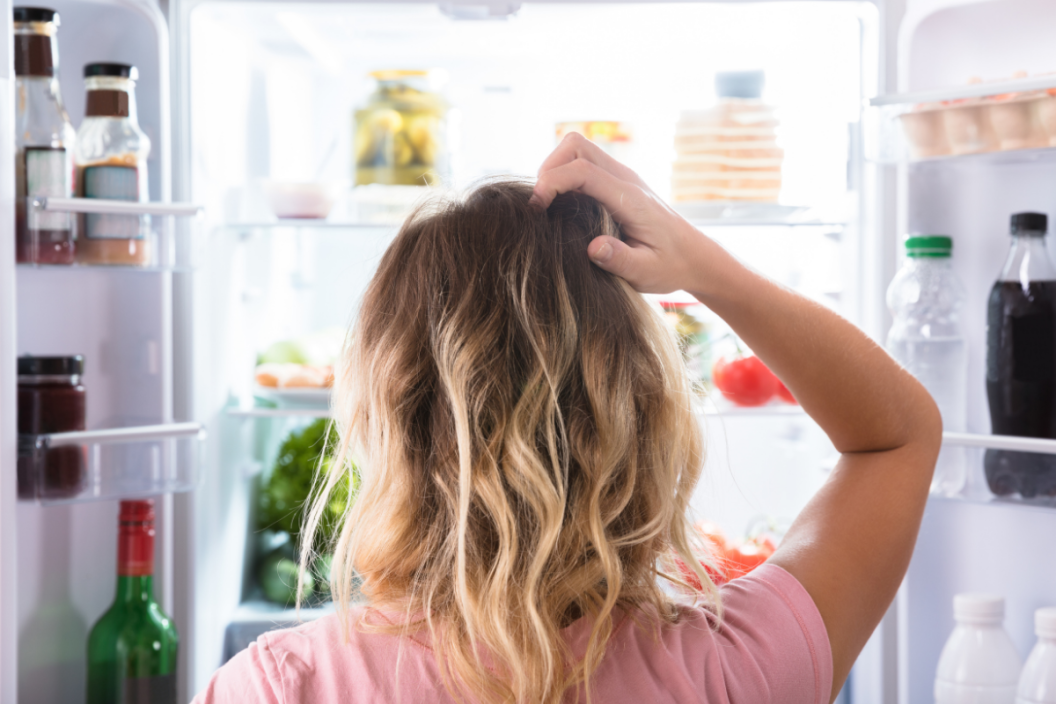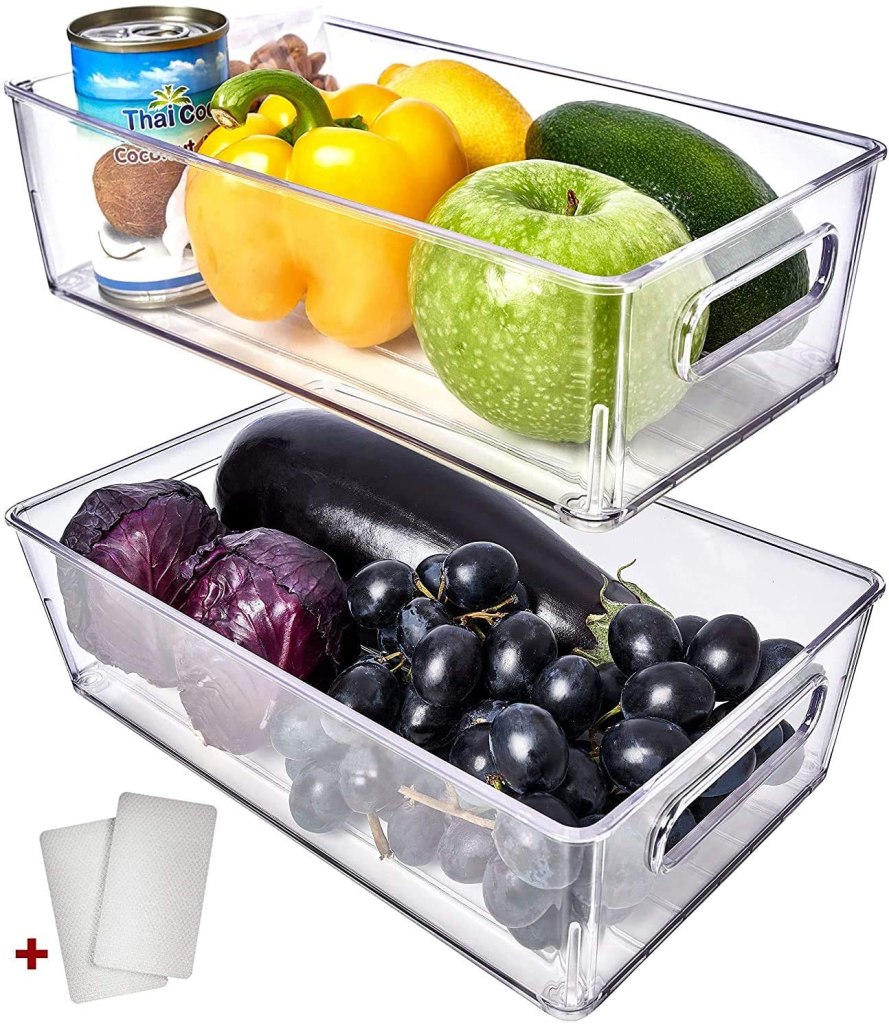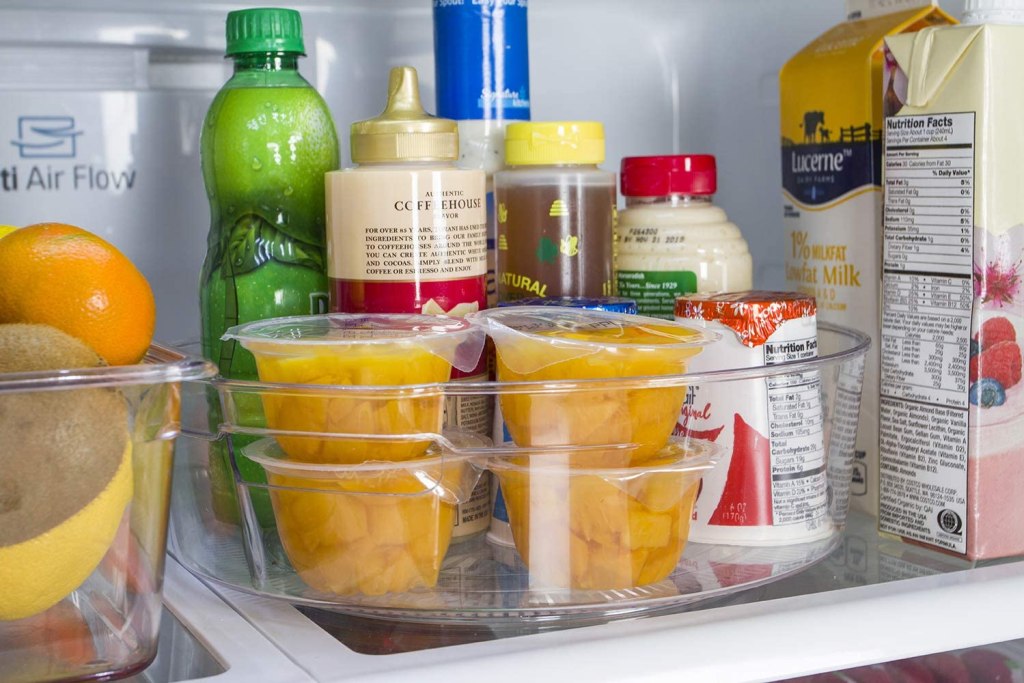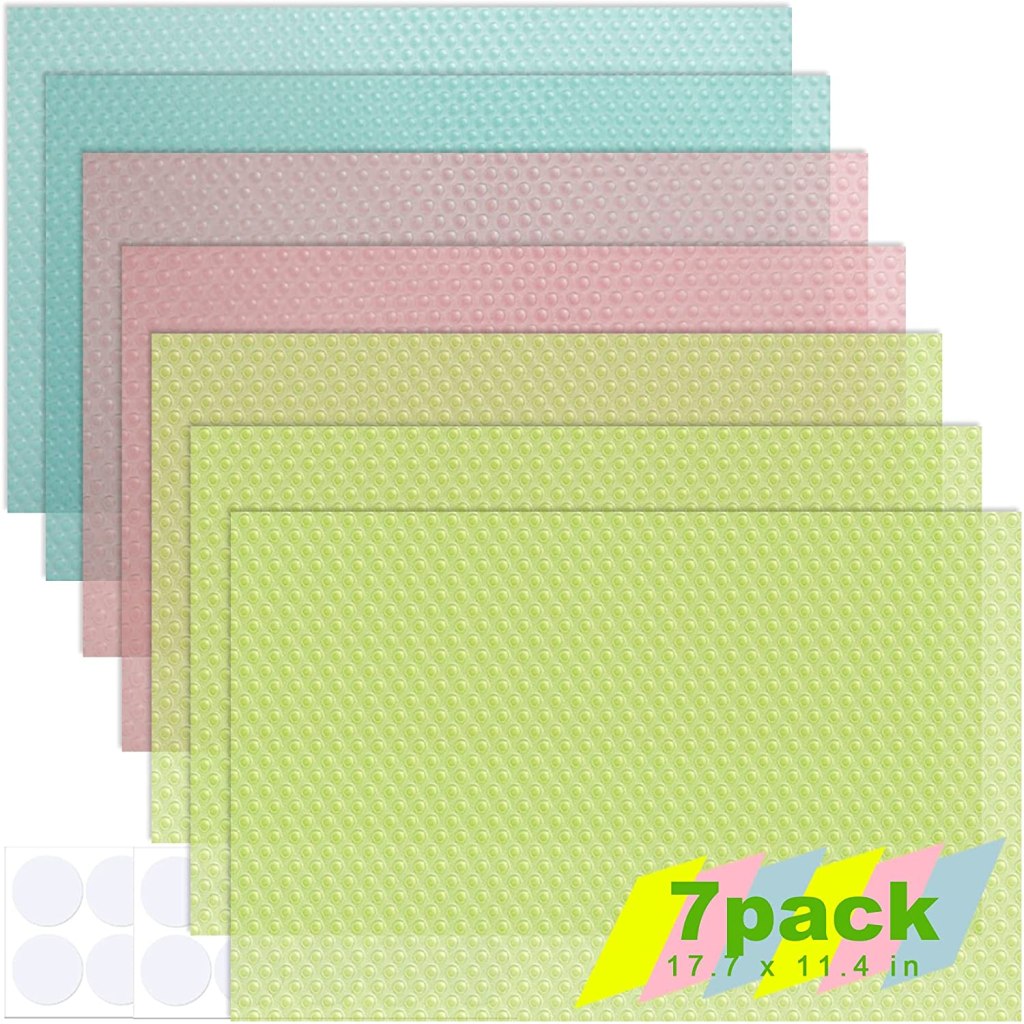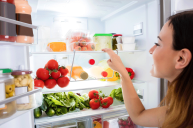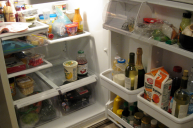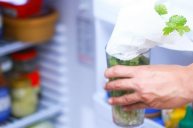You've probably heard the phrase, "You've gotta use what your momma gave you." Well, now we're going to use what refrigerator manufacturers gave us instead! The refrigerator is smarter than you think. You've just got to know how to play its game for optimal fridge organization.
Videos by Wide Open Country
Get In the Fridge Storage Organizing Zone
Did you know that some parts of the refrigerator are warmer or colder than others? The warmest area of the refrigerator are those shelves on the doors. We're always opening and closing the fridge doors looking for the perfect snack so keeping the temperature stable is nearly impossible.
The coldest part of the refrigerator is the back bottom shelf. So meat, fish, and dairy should stay down there. Ketchup, mustard, and all those cute jars of condiments can stay on the door. Keep these temperature differences in mind when you declutter for refrigerator organization. If you like ice cold sodas, keep your soda cans on the bottom shelf, but try not to keep anything breakable like mason jars back there.
Some refrigerators will have a humidity control dial. You should keep fruits in one drawer with the dial set to low humidity. This will help slow down the spoilage because of the naturally occurring ethylene gas fruits produce. The other drawer will be set high humidity to store veggies. Pro tip: Strawberries are the only fruit that can be stored with your veggies.
Put On Your Best Kitchen Organization Clothes
Clean out everything from your fridge and take stock. Check expiration dates and throw away anything you know for sure you're not going to eat. Unlike those size 6 jeans that haven't fit in 15 years, you can't keep expired food for "inspiration."
Keep cooked meat for no more than three days and cooked veggies for no more than five days. Pull out all the drawers and shelving. Give the interior a complete wipe down with baking soda and hot water.
Now it's time to restock your newly organized fridge. Take advantage of cold spots and not so cold spots with these storage solutions.
1. Put Things In the Best Spots
Put your condiments back in the door shelves. Rip off the bottom of an egg carton and line condiments up upside down to get the every last bit from the skinny bottles and tiny jars. If they leak, it's also an easy cleanup. Remember that the top shelf and door tend to be the warmest areas of the fridge, so put things like yogurts about to expire on the top shelf. The middle and bottom shelves get progressively cooler and should be used for food that will be stored longer.
2. Cardboard Packaging and Plastic Bags
Replace all that packaging with your own acrylic labeled clear bins. Go ahead and remove all the packaging and that torn cardboard barely holding your yogurts together. Get rid of those sloppy plastic bags from the produce department. They make it more difficult to see what you have and don't look great either. Use clear matching storage bins for fridge organization. A bin for deli meat will make lunch prep so much easier with quick and easy access on frantic mornings. There are so many food storage containers and fridge bins available on Amazon. Some are stackable or attach to the refrigerator door for maximum usage of space.
3. Put Perishables In Your Face
Put perishables in your face when that fridge door opens. You may know what's in there, but kids and husbands don't. It's something in their DNA. Save them the trouble of having to look behind something else by placing a small Lazy Susan turntable on the top shelf. It's fun to spin and practical. Your family is more likely to use the perishables first and cut down food waste.
4. Leftovers
https://www.instagram.com/p/CE56y0IMsod/
Plastic storage containers that takeout often comes in can add up and become mysterious after a day or two. Transfer to containers that are see-through and label if necessary. Messages like "I've counted my shrimp" and "Do not eat or I'll kill you" add to less food waste and clear family communication.
5. Separate Your Fruits and Veggies
So aside from fruit's ethylene gas issue that causes vegetables to decompose faster, separating fruits and veggies make meal prep easier. No more moving the apples aside to look for that red pepper you swore you had. Salads are less of a hassle to make and kids can grab a tangerine faster than a popsicle, hopefully. Seeing exactly what vegetables you have make it more likely you'll be inspired to create a soup or new casserole creation.
6. Protect and Line Drawers and Shelves
Refrigerator drips and spills are enough to drive us nuts. They are such pain to clean because just when you think you got it all, you find another sticky spot. You end pulling out fridge drawers and shelves while screaming or crying, whatever your chosen method of coping is. With removable shelf liners, the crisis is an easier cleanup. I use paper towels but there are also more environmentally friendly reusable plastic mats or dish towels available on Amazon. Line your crisper drawers and plastic bins too. It ends up being quite a time saver when that BBQ sauce doesn't get closed all the way for the 10th time.
Bonus Tip If You Have Kids: Set Up a Snack Basket!
Take a pretty basket to make it more enticing and fill it with the snacks your kids reach for endlessly. Babybel cheese snacks, string cheese, packs of carrots with ranch dressing, even chocolate-covered raisins. Use dividers in the basket for juice pouches and boxes. Using a pretty picnic-looking basket for "kid food" teaches them independence as well as fridge organization. It's also one less thing for you to do.
Products featured on Wide Open Eats are independently selected by our editors. However, when you buy something through our links, we may earn a commission.
